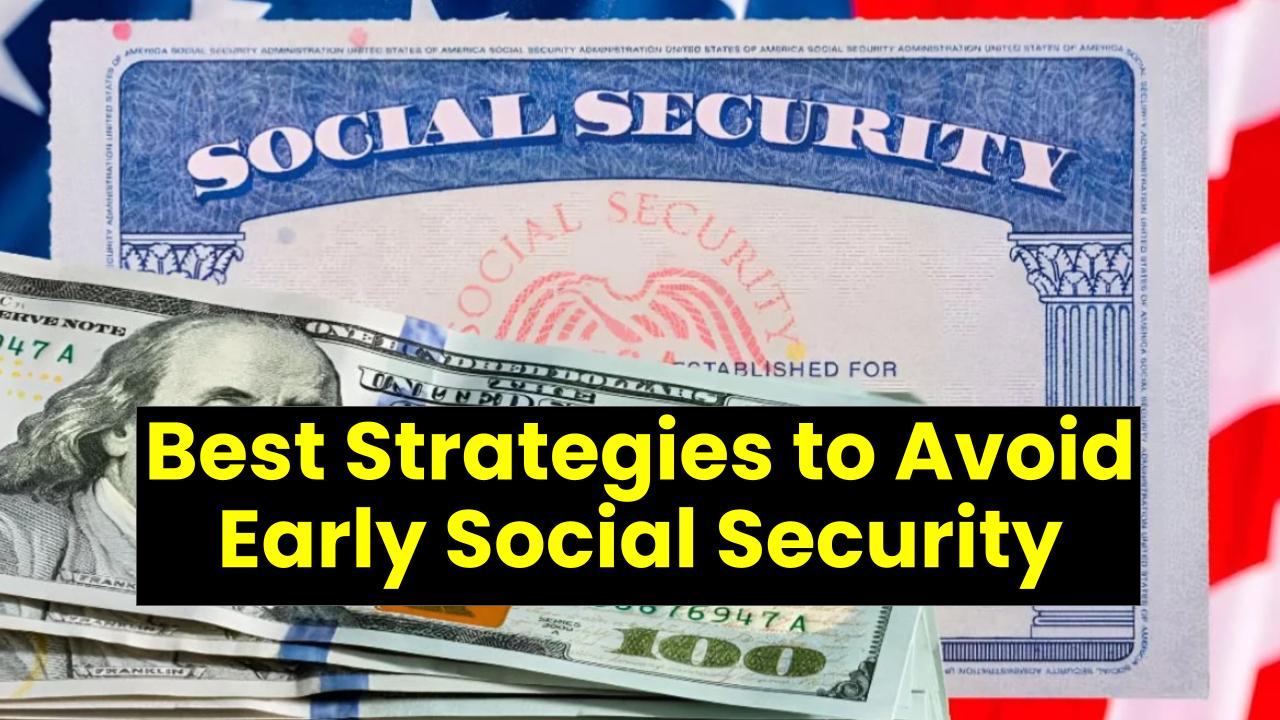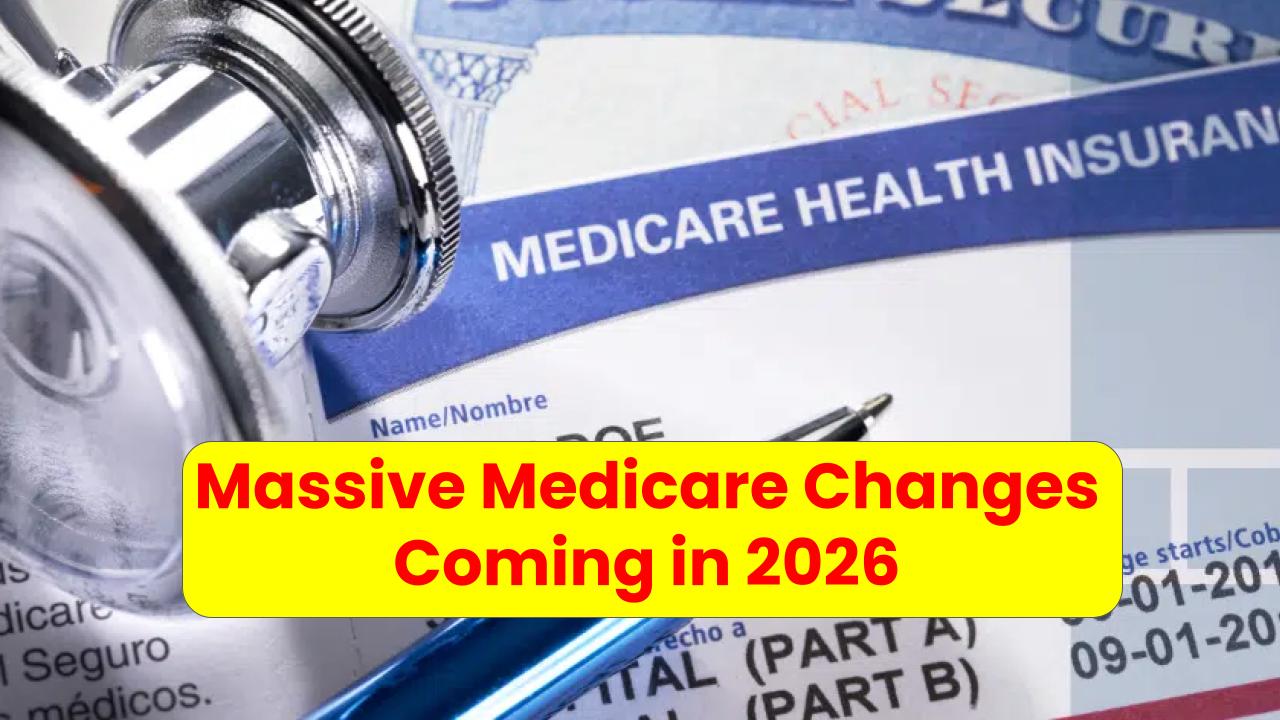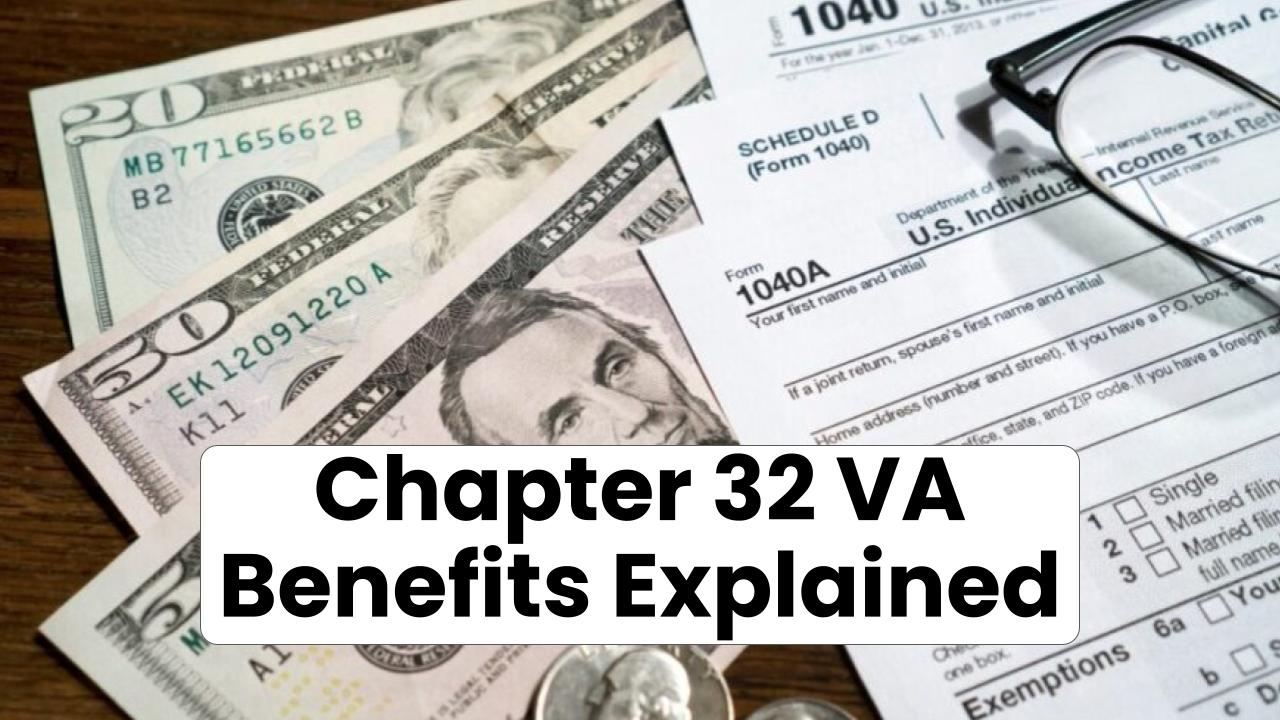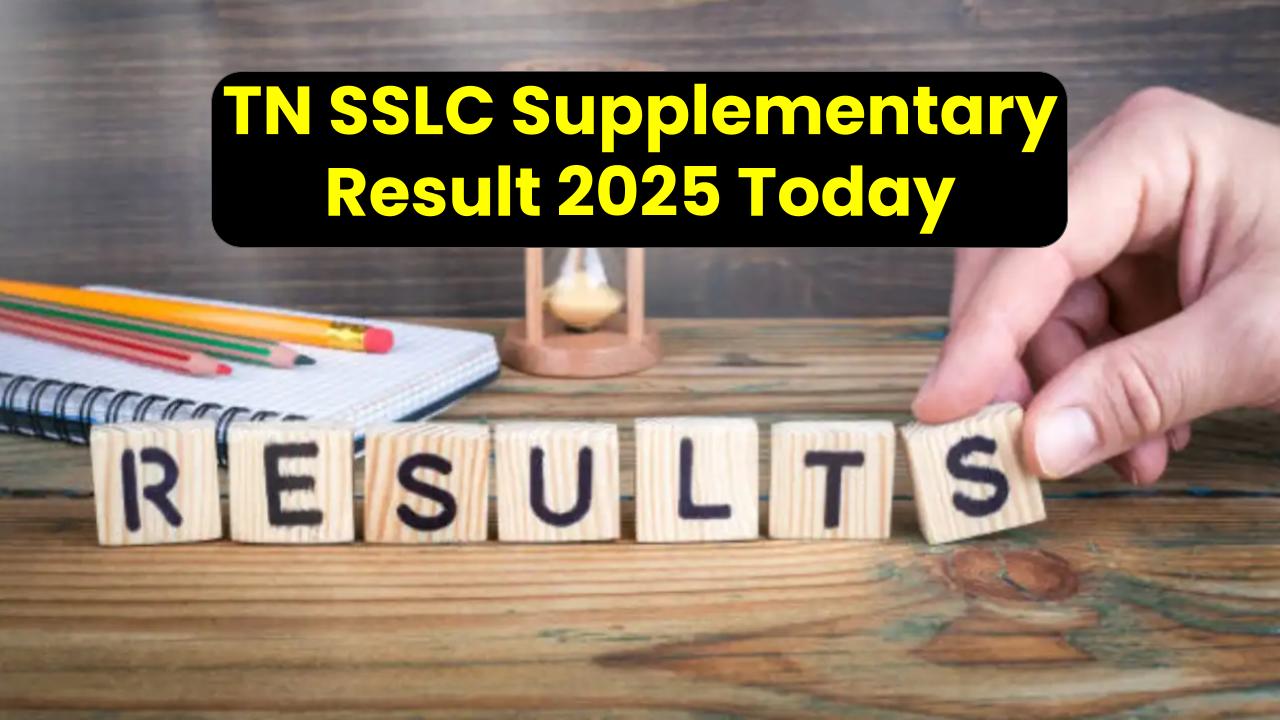Student loans have long been a burden for many Americans, and recent changes to repayment plans have only added fuel to the fire. As of August 1, 2025, approximately 7.7 million federal student loan borrowers who are enrolled in the Saving on a Valuable Education (SAVE) plan will begin to feel the pressure of accruing interest once again.
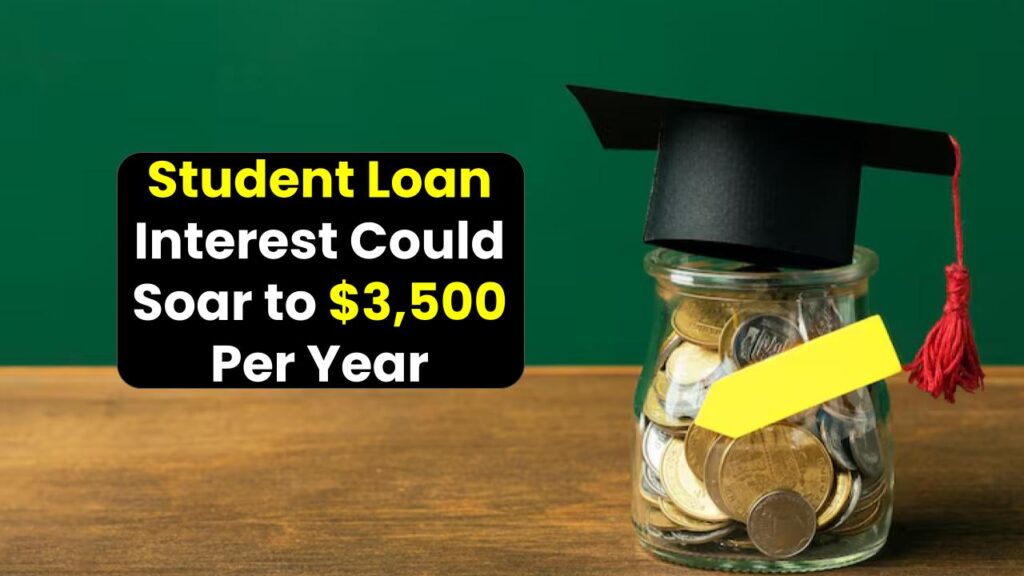
This could lead to an additional $3,500 in annual interest charges for some borrowers, a situation that has left many in a state of concern. The reality is, this change could dramatically impact borrowers’ financial situations and their ability to pay down their loans.
Student Loan Interest Could Soar to $3,500 Per Year
| Key Topic | Key Facts |
|---|---|
| Affected Borrowers | 7.7 million borrowers enrolled in the SAVE plan. |
| Interest Increase | Interest could increase by up to $3,500 per year (approximately $300 per month) per borrower. |
| Program Impact | Federal court injunctions and changes to the SAVE plan have led to the resumption of interest charges. |
| Options for Borrowers | Borrowers are advised to explore other repayment options, like Income-Based Repayment (IBR). |
| Public Service Loan Forgiveness (PSLF) | Months spent in forbearance don’t count toward PSLF. Borrowers may need to buy back these months to maintain progress toward forgiveness. |
| Official Resources | Department of Education |
The resumption of student loan interest, particularly for borrowers under the SAVE plan, is set to add significant financial pressure on millions of Americans. The potential for an increase of $3,500 per year in interest charges will affect borrowers in many ways, but by understanding the options available, like switching repayment plans or considering loan forgiveness programs, you can make smarter choices about your student loan repayment.
Why Are We Here?
For many borrowers, student loans can feel like a never-ending cycle of debt, and recent developments have only added fuel to the fire. Under the Biden administration, the SAVE plan was introduced to ease the burden for millions of borrowers. It offered an income-driven repayment plan and the promise of loan forgiveness. However, the program faced significant legal challenges and was blocked by federal court injunctions.
This meant that for a while, interest on federal student loans was suspended. But starting August 1, 2025, that suspension will end. With interest charges resuming, the situation will drastically change for 7.7 million borrowers who were benefiting from this temporary forbearance.
What does this mean for you? Simply put, it’s going to cost more to keep up with your student loan. The increase in interest could add an average of $3,500 per year to your loan balance. That’s $300 more a month on top of your existing payments. In today’s economy, that’s no small change.
The reality is that many borrowers will need to rethink their approach to student loan repayment. But what options do they have, and how can they navigate this shifting landscape?
What Is the SAVE Plan and Why Is It Ending?
Before diving into solutions, it’s important to understand what the SAVE plan is, why it’s been important, and why it’s now ending. The SAVE plan was designed to make repayment more manageable for borrowers. Under the plan, payments were based on income, making them lower than standard repayment plans for many individuals.
This was especially useful for individuals with lower incomes or those just starting their careers. However, the plan faced legal challenges. Several Republican-led states argued that the program’s policies were too generous and that it would ultimately cost taxpayers too much. As a result, the courts ruled against the Biden administration’s student loan plan, leading to the resumption of interest payments.
This transition from no interest to accruing interest is creating financial uncertainty for many. Borrowers who were used to having their interest suspended may suddenly find themselves facing huge increases in their monthly payments.
How Much Will the Interest Increase?
Once interest resumes, borrowers can expect their interest to increase by as much as $3,500 per year. This may vary depending on the size of your loan, but for many, the increase will amount to approximately $300 a month. That may not sound like much, but over time, it adds up quickly, especially when you’re already juggling other financial obligations.
Here’s an example of what this could look like:
- A borrower with a $40,000 student loan balance might see their interest payments jump by $300 per month, making it harder to pay down the principal and prolonging the loan term.
- Over a 10-year period, that $300 a month adds up to $36,000. That’s a significant amount of money added to your loan balance.
For many borrowers, this will be a hard pill to swallow. Not only will they face the pressure of paying back the principal, but they’ll also have to contend with growing interest charges that make their loans even harder to manage.
What Are Your Options?
The good news is that you don’t have to accept this increase lying down. There are several strategies that borrowers can explore to minimize the impact of this interest hike.
1. Explore Alternative Repayment Plans
The Income-Based Repayment (IBR) plan is a great option for those who qualify. Under this plan, your monthly payments are calculated based on your income and family size, rather than the full loan balance. This can make your payments more manageable, especially if your income is lower than the national average.
However, you should know that switching to a new plan can take time. There’s currently a backlog of over 1.5 million applications for repayment plan changes, so be sure to plan ahead. Using the Loan Simulator Tool from the Department of Education is a great way to compare available options and find the best plan for you.
2. Consider Public Service Loan Forgiveness (PSLF)
If you work in public service, you may qualify for Public Service Loan Forgiveness (PSLF). This program allows borrowers to have their loans forgiven after making 120 qualifying payments. However, one downside to the recent interest changes is that months in forbearance don’t count toward your qualifying payments. Borrowers in this situation may need to buy back those months to stay on track for forgiveness.
3. Consolidate Your Loans
If you have multiple loans with different interest rates, consolidating them into a Direct Consolidation Loan could help simplify your payments. This might not reduce your interest rate, but it can make managing your loans easier.
4. Stay Informed and Stay Ahead
It’s important to stay informed about any changes to student loan policies. With the Biden administration’s SAVE plan facing legal challenges, there’s a chance that further changes could come down the pipeline. Follow updates from official sources like the Department of Education to ensure you don’t miss any important announcements.
FAQs
Q: What should I do if I can’t afford my student loan payments?
A: If you’re struggling to make payments, the first step is to explore income-driven repayment plans like IBR. You can also consider consolidating your loans or applying for forbearance if you temporarily can’t make payments.
Q: How long does it take to switch repayment plans?
A: It can take several weeks or even months to switch repayment plans, so it’s important to apply well in advance to avoid any surprises when your payments resume.
Q: Will the resumption of interest impact my loan forgiveness?
A: If you’re on the PSLF program, it’s important to know that months spent in forbearance don’t count toward your qualifying payments. You may need to make additional payments to make up for this time.

